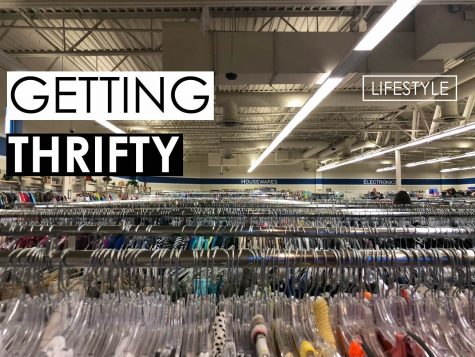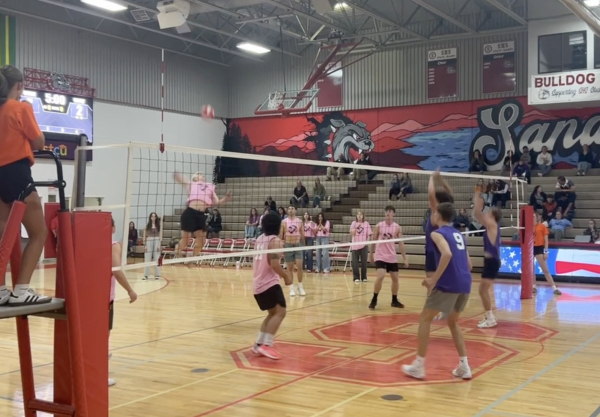HOW FAR IS TOO FAR?
The fine line between joking and criticism versus actual bullying is blurred
Many students experience bullying by their peers through social media as well as during school. This is an issue across most high schools.
Bullying is a major concern in any high school setting, in fact around 50 percent of students from age 12 to 18 nationwide have reported having experiences with bullying, according to the Pacer Center. However, there is a fine line between serious bullying and taking comments too personally.
While Sandpoint High School is known by many to have an overall friendly atmosphere, there are still a number of reported instances of bullying and harassment. The administration follows the school board policy for handling bullying by looking at factors such as if the act is prevalent, recurring, disruptive and emotionally or physically harmful.
When these aspects are found in a situation, action is taken to address and fix the harassment issue, but in some cases, the act is not as harmful as some make it out to be.
Vice Principal Derek Dickinson has run into cases like this on multiple occasions.
“It’s a balancing act for sure because most situations, students want to label it as bullying or harassment but typically it’s a two way dispute between students,” he said.
To handle the alleged instances of bullying, the administration uses restorative action and mediation. They try to get the students together to work out their differences and realize that it may not have been bullying or harassment but they still try to resolve the issue.
Sophomore Spencer Rucker feels that the rise of verbal bullying is an issue, especially over social media. He states that when bullying was less verbal and more physical, it led to less issues in society.
“If you get beat up you can get stronger and hopefully fight back and it just makes you a better character,” Rucker said.
Rucker is not alone in assuming that Sandpoint High School has a less significant bullying problem than most other schools and that most students are generally friendly to their peers.
Any social setting will involve some level of conflict or difference in opinions, but it is when it crosses that line and becomes harmful to others where the issue of bullying comes in.
Principal Tom Albertson recognizes the fact that any situation of a student feeling hurt or harmed needs to be taken seriously, but it is not always as serious of an issue as true harassment or bullying.
“Having some level of conflict is normal or a natural part of communication and you can learn from that,” Albertson said.
Freshman Felicity Lally is a student who feels that even if it may not be a big issue, there is still clear bullying. She said that she has witnessed some forms of verbal bullying in the school, but it is not excessive.
In some cases, bullying can be from friends at schools as it is merely seen as a joke. Lally believes that sometimes, this form of joking around can go to far.
“Sometimes you don’t know that you’re going over the line yet you do,” Lally said.
As a student who has experienced bullying at previous schools, Lally recognized that sometimes people do take things too personally or label an act as bullying when it is something else.
“As humans, we don’t know how to control our voice,” Lally said.
Though students may occasionally falsely label unkind or criticizing acts as bullying, each situation must be taken seriously. In any situation, hurt feelings and should still be addressed and resolved.
“We want to validate student’s feelings,” Albertson said.

Sarah Donnelly is a senior and it is her second year on staff. She is a lifestyles editor.










